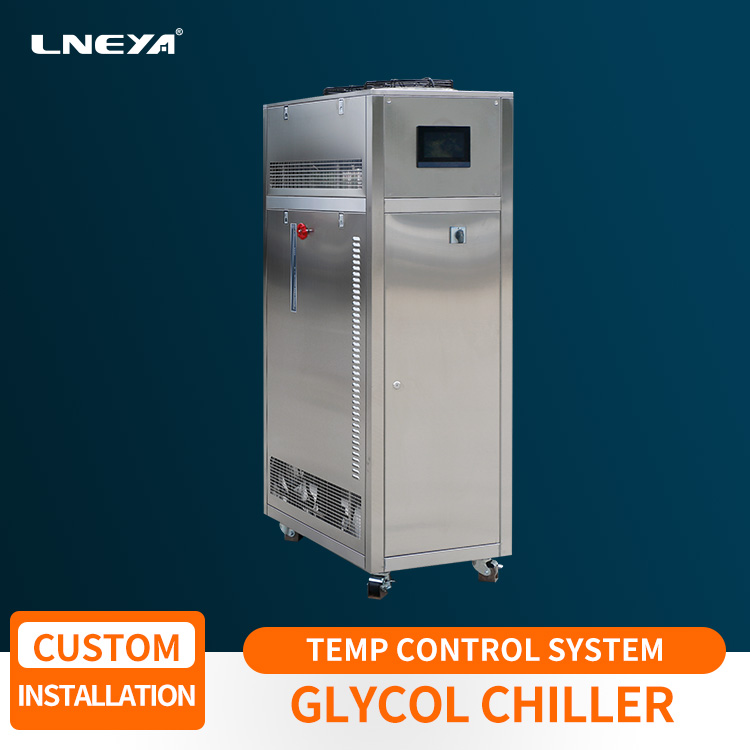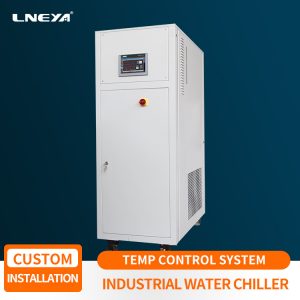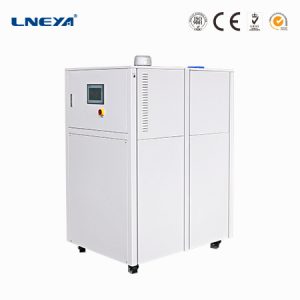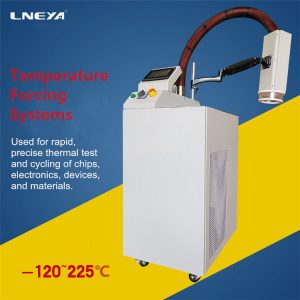How to complete the temperature control equipment for the isolation reactor?
The reactor is a commonly used reactor in pharmaceutical and chemical production. The isolation reactor temperature control equipment is realized by controlling two doors, namely the heating water valve and the cooling water valve. The mixing of the mixer makes the material uniform, improves the heat conduction speed, and Make the temperature uniform. The temperature of the isolation reaction kettle is controlled in the heating stage, open the heating water valve, and pass heating water to the coil in the kettle to increase the temperature of the ridge. The rate of temperature increase is controlled by controlling the valve opening. When heated to the predetermined reaction temperature The heating is stopped, and cooling water is passed through the jacket during the reaction to remove the excess heat generated by the reaction and keep the temperature constant.

The selection of the heat transfer medium for the temperature control of the isolation reactor is determined according to the process temperature requirements of the products of each factory. Common heat transfer media include superheated steam and heat transfer oil. Temperature measurement is usually composed of thermal resistance or thermocouple and its transmitter. The temperature of the heat conduction medium fed into the reactor is required to maintain a constant temperature. By adjusting the flow of the heat conduction medium flowing into the jacket of the reactor, the temperature of the materials in the reactor is controlled to meet the process requirements.
After the temperature control of the isolation reactor is completed, hot water is supplied to the reactor to increase the temperature. The raw materials are fully mixed with the catalyst and absorb the heat provided by the hot water. When the temperature reaches a certain value, the exothermic reaction starts. In this stage, the temperature or pressure in the kettle needs to be raised to the state where the reaction starts in a relatively short period of time, and the continuous temperature rise must be maintained.
The isolation reaction kettle temperature control reaction process is accompanied by a strong exothermic effect, and the relationship between the exothermic rate of the reaction and the reaction temperature is a positive feedback self-excited relationship. This stage is the difficulty of control, which directly affects the quality of the product.
LNEYA isolation reactor temperature control equipment-high and low temperature circulator, compared with dynamic temperature control technology to control the temperature of the heat transfer medium, the temperature of the material is also controlled within the specified range, which improves the work efficiency. The pipeline circulation system improves the power density ratio, reduces the use of heat transfer medium, and saves energy.
관련 권장 사항
-
Advantages of Cold Plate Freezer
1034The freezing method is mainly used when the capacitive liquid crystal touch panel of smartphones and tablet computers has defects in production, such as bubbles, foreign objects, black spots, white spots, misplaced..., and needs to be used for rew...
세부 정보 보기 -
산업용 냉각기 시스템은 어떻게 작동합니까?
1323When using industrial machinery, a cooling system may be required to prevent the machine from overheating. Refrigeration equipment can effectively keep materials in the optimal temperature range, but how does the chiller work? Understanding the wo...
세부 정보 보기 -
반도체 냉각 가열 사이클 공기 시스템 테스트 설명
1009반도체용 냉장 및 가열 순환 공기 시스템에는 많은 테스트 항목이 있습니다. 그렇다면 사용자는 채널 외 테스트에 대해 얼마나 알고 있을까요? 반도체용 냉각 및 가열 순환 공기 시스템의 채널 외 테스트는 ...
세부 정보 보기 -
Popularization of knowledge of Semiconductor Back-End Test high and low temperature control system
1117The Semiconductor Back-End Test high and low temperature control system is a necessary testing equipment for the metal, component, electronic and other material industries. It is used to test the degree of endurance of material structures or compo...
세부 정보 보기
 LNEYA 산업용 냉각기 제조업체 공급 업체
LNEYA 산업용 냉각기 제조업체 공급 업체













